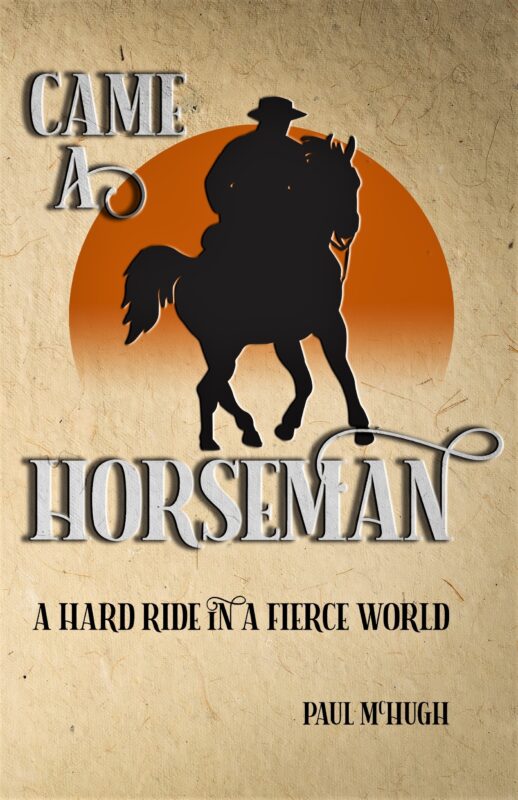Sacramento Bee, June 22, 2016
Paul McHugh, Outdoors Writer
Hey there, breeze-seekers! Sure is growing warm ’round Sacramento. I suspect that you’d love to find a way to play around outdoors, yet simultaneously cool down a tad. Maybe you’d give extra points to any cooling excursion that grants you remarkable new vistas to contemplate. Would you not?
Specifically, those points are the Fremont, Emeryville and Martinez train stations, located in the San Francisco Bay Area. Note, the big, operative word here is “bay,” as in a giant scenic body of water, constantly refreshed by Pacific tides and sweeping banks of fog. From these train stations you can swiftly pedal onto trails that bring you out to breezy picnic spots and touring routes, all with minimal exposure to automobile traffic.
Fremont/Centerville
This is a charming, old-school station with a Depot Café that serves breakfast all day. Once fueled up, you pedal three blocks northwest on Fremont Boulevard, turn right and go two blocks north on Thornton. Take a left and travel eight blocks west on Paseo Padre Parkway, then go right on Isherwood Way.
Immediately, you’ll see ramps leading down to the bike trails lining both sides of the green ribbon of Alameda Creek, a resting and roosting zone for white pelicans, herons, egrets and wrens. These trails ru n eight miles west, to a broad estuary where the creek opens to the bay. The north-side trail has patches of firm, graded dirt and ends at a picnic site. The south side boasts more and better pavement, and also provides an option to turn south and visit Coyote Hills Regional Park (open 8 a.m.-8 p.m.) and its visitor center.
n eight miles west, to a broad estuary where the creek opens to the bay. The north-side trail has patches of firm, graded dirt and ends at a picnic site. The south side boasts more and better pavement, and also provides an option to turn south and visit Coyote Hills Regional Park (open 8 a.m.-8 p.m.) and its visitor center.
Returning to the place where Isherwood crosses the Alameda Creek, you also have the option of pedaling 0.7 mile north on Isherwood to the Quarry Lakes Regional Recreation Area (open 6 a.m-7 p.m.), which boasts a swimming beach, shaded picnic area and fishing pier.
Emeryville
The biggest blasts of cool, bay-conditioned air can be found when you debark from the train at this station sandwiched between Berkeley and Oakland. Use the pedestrian overpass to cross west from the station to Shellmound Street. Pedal south a mile for access to a paved stretch of the Bay Trail that bends west under the infamous Maze of freeway overpasses, then travels another 1.5 miles out to the new bike path on the south side of the east span of the Bay Bridge. During daylight hours, the bridge path is always open for two-thirds of a mile. As the old bridge’s deconstruction allows, the span is mostly open for another 1.8 miles, out past the graceful stayed main tower, to a stopping point at Treasure Island. There is no exit onto the island as of yet, but this open stretch is visually exciting each step of the way.
Add distance and more great views on your return by jogging off Shellmound onto Christie, then go west on Powell, and follow it out to a marina and shoreline greensward and trail areas. After that, head north on the paved Bay Trail on the west side of the freeway’s frontage road. Decades ago, spontaneous sculptures were built out of driftwood and debris on the Emeryville tidal flats by anonymous artists. Two of these have been restored and kept: Snoopy in a Sopwith Camel flying a sortie, and the Red Baron in his Fokker.
You’ll find University Avenue 1.25 miles north; you can then go west a half-mile to ramble around the Berkeley Marina, associated greenswards, as well as trails in Cesar Chavez and McLaughlin parks.
Martinez
The town began as a ferry terminal in 1847, where scows laden with goods, people and livestock could sail across the broad Carquinez Strait waterway to an opposite port on the far shore (Benicia, which served briefly as California’s state capital during the Gold Rush). Martinez was named for the rancher who held the original Spanish land grant. Today, it preserves a historic air, thanks to a lot of older homes and office buildings. When the mournful hoot of a train horn echoes about the valley that cradles this pioneer town, it sounds just right.
Martinez is also blessed with a number of nature preserves, parks and open spaces. Chief among them is the Carquinez Regional Shoreline, and its main feature is the Carquinez Scenic Drive, which lines the strait’s south shore, connecting Martinez to Crockett. Because nearly two miles of this road have been converted to a paved, multiple-use pathway, there’s no through traffic – except for cyclists, hikers, and folks on horseback.
Start at the modern train station (just west of the venerable one) and go southwest on Marina Vista road. At Talbart Street, take a right. In two blocks, the road bends left and becomes Carquinez Scenic Drive. The initial hills are steep, and the route does undulate over its course. But as Nordic skiers know, every uphill slog is rewarded by a downhill glide.
Gates that control car traffic are open from 8 a.m. to 8 p.m., but the route stays open to hikers and bikers from 5 a.m. to 10 p.m. After covering 2.1 miles, you’ll reach the segment open only to nonmotorized visitors, which continues for another 1.7 miles. It’s named the George Miller Trail, after the congressman who secured funding to develop it. Along the way, there are picnic tables scattered at vista points, and what vistas they provide! The strait is the main outlet for Sacramento and San Joaquin river waters to the San Francisco Bay, and it’s broad, deep, full of powerful currents and shipping, and bracketed at both ends by the Highway 80 and Highway 680 bridges.
At the end of the Miller Trail, you come to a staging area with a restroom. Then – if you want to pedal more distance and visit a few more outdoor sites – you can continue (sharing the road with vehicles again) the four to five miles down to Crockett.
Otherwise, you can retrace your route on the Scenic Drive and profitably spend time cycling around old Martinez, taking in sights like the John Muir National Historic Site. The visionary naturalist moved to Martinez in 1880. The Victorian mansion where he lived out his days and penned his greatest works can be toured.
Big Bonus Trips
Once you cut your eyeteeth on short outings like these, it becomes far easier to visualize and plan multi-day, Bay Area bike trips that link various types of public transportation (such as ferries and buses) with long pedals on Bay Area rural roads, and allow you to use camping and lodging options. For example, one might hop off the Capitol Corridor train at Richmond, board a BART train to the El Cerrito del Norte station, and there get on a VINE express bus to Calistoga. Stay at a spa in town, or camp at Bothe-Napa Valley State Park. Then the famed Silverado Trail becomes your gateway for miles of pleasant riding, visits to Napa Valley wineries and bistros, and much more.








